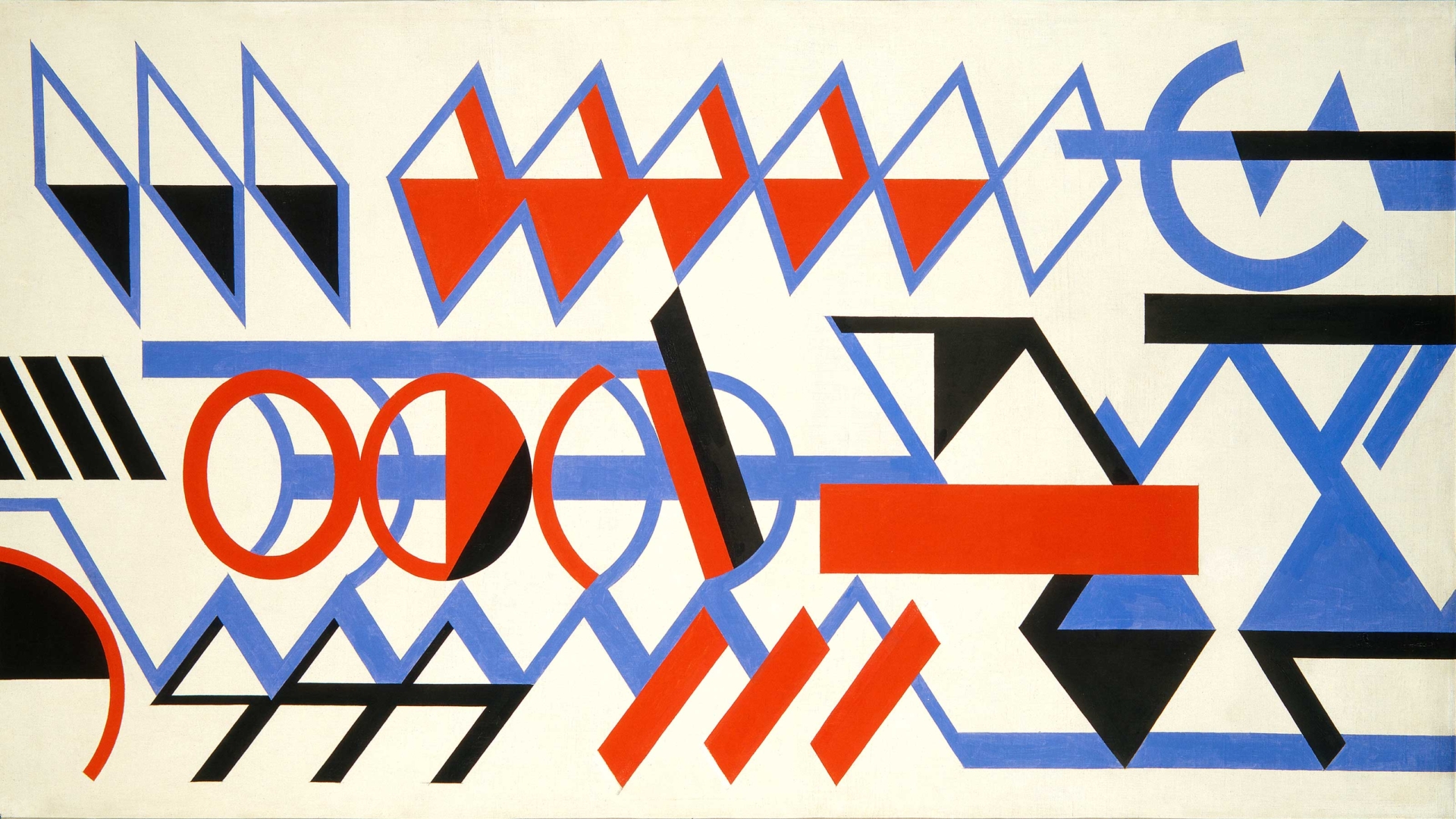Between spaces: a journey through the life and work of Nadir Afonso
I visited the city of Chaves for the first time in late February 2020. The journey marked the start of my collaboration as a programme consultant for the Nadir Afonso Contemporary Art Museum (MACNA). One of the first tasks entrusted to me was to devise an exhibition to mark the centenary of Nadir Afonso’s birth, which would be celebrated on 4 December of that year. I returned to Lisbon on the eve of the first lockdown. Perhaps because the notion of time became more elastic during the pandemic, the exhibition was organised in various steps. In the image of Le Corbusier’s museological project, Musée de croissance ilimitée, the curatorial proposal came together progressively and cumulatively in the museum space that Nadir Afonso invited Álvaro Siza Vieira to plan for the city where the artist was born in 1920.

Between local and global
Starting with an overview of the life and work of Nadir Afonso (b. 1920, Chaves; d. 2013, Cascais), the exhibition plots an itinerary with pieces representing his various phases of production and his work in several disciplines: art (an area chosen at an early age), architecture (a discipline he abandoned for good in the 1960s) and theory (a constant throughout his life, which accompanied his artistic practice and vice-versa). As a complement to this vast spatial and temporal itinerary commemorating his centenary, the programme devised in the MACNA sought at every moment to show the dialogues between his artistic and architectural work, but also to connect his work to that of other creators, places and contexts contemporary to him.

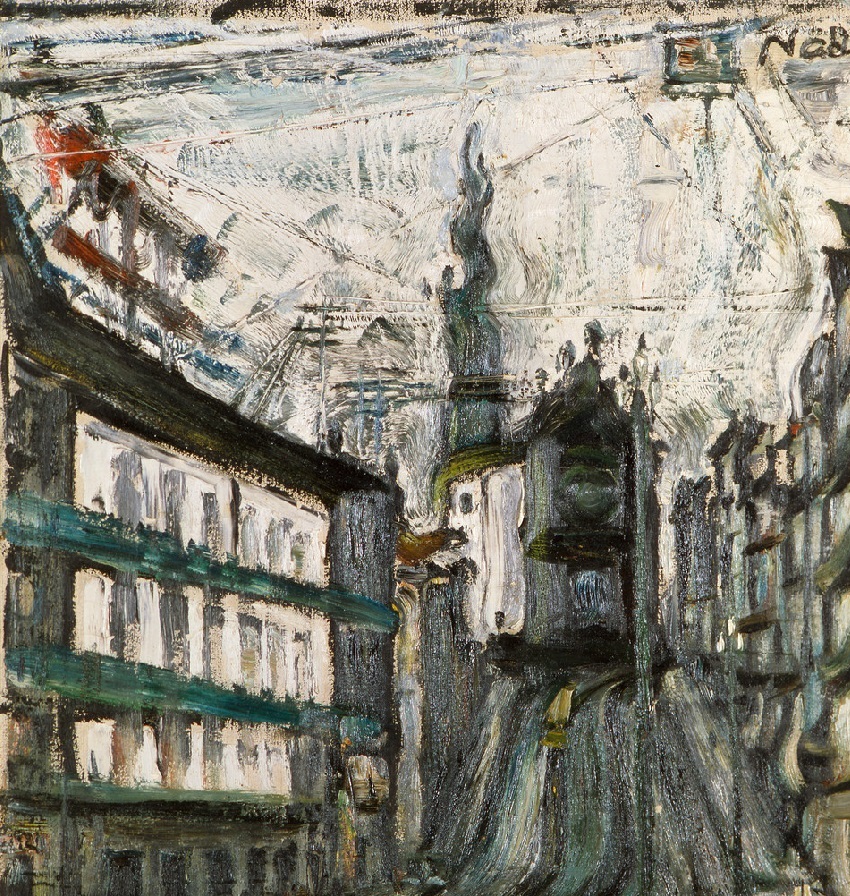
The first phase of the exhibition followed a chronological narrative, identifying the most representative stages of Nadir’s artistic career, with a selection of works belonging to Chaves municipal art collection, donated by by the artist himself during the 1980s, as well as others that have been in storage at the MACNA, by agreement with the Nadir Afonso Foundation, since 2015. The exhibition was guided by an article Nadir wrote in 2007 for the Jornal de Letras, Artes e Ideias called ‘Local and universal,’ a title that inspired the name of this commemorative programme. This text, written in the first person, adopts a retrospective gaze, having the present as starting point but also anticipating a future.
Between architecture and painting
Nadir left for Paris in 1946, the year he began to work in the studio of Le Corbusier – the AT.BAT. (L’Atelier des Bâtisseurs) – where he met Georges Candilis, André Wogenscky and Iánnis Xenákis. In the early 1950s, during a brief stint in Brazil, he worked with Oscar Niemeyer, first in Rio de Janeiro and later in his São Paulo studio.
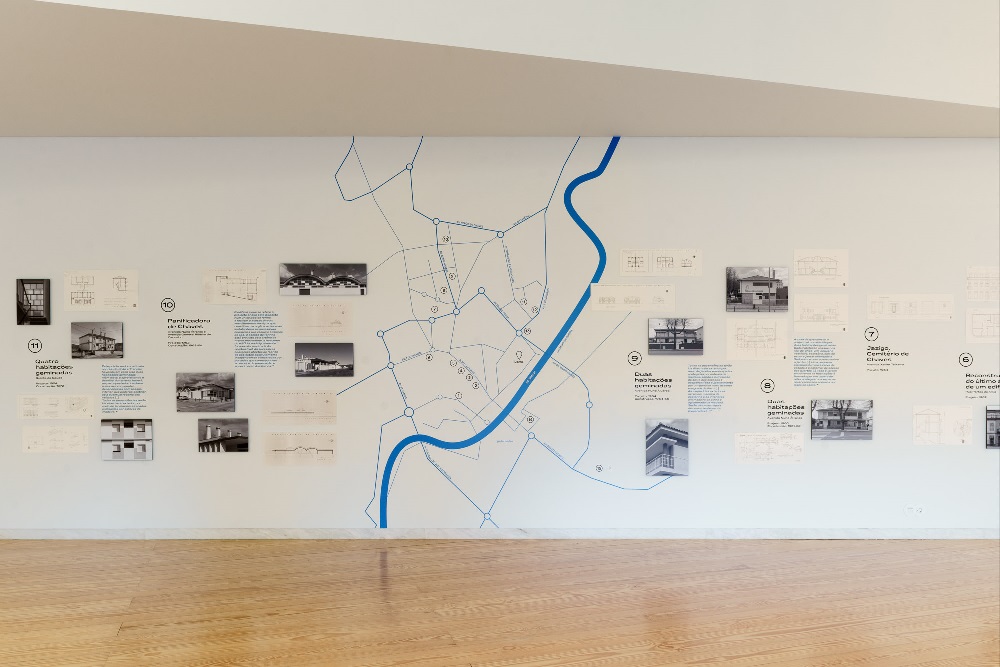
The second exhibition phase in the programme Nadir Afonso, between local and global focused on his work in architecture and, in particular, his plans for Chaves. This mapping of his work revealed his experience with different typologies of architecture: residential, commercial, industrial, religious and urban planning, for which Nadir presented bold but contextual solutions. Designed according to their location, his plans also incorporated the international trends of the day. In 1965, Nadir abandoned architecture for good, from then on focusing solely on his artistic practice. It is worth noting that from this moment, representations of urban and architectural spaces became more prominent in his painting.
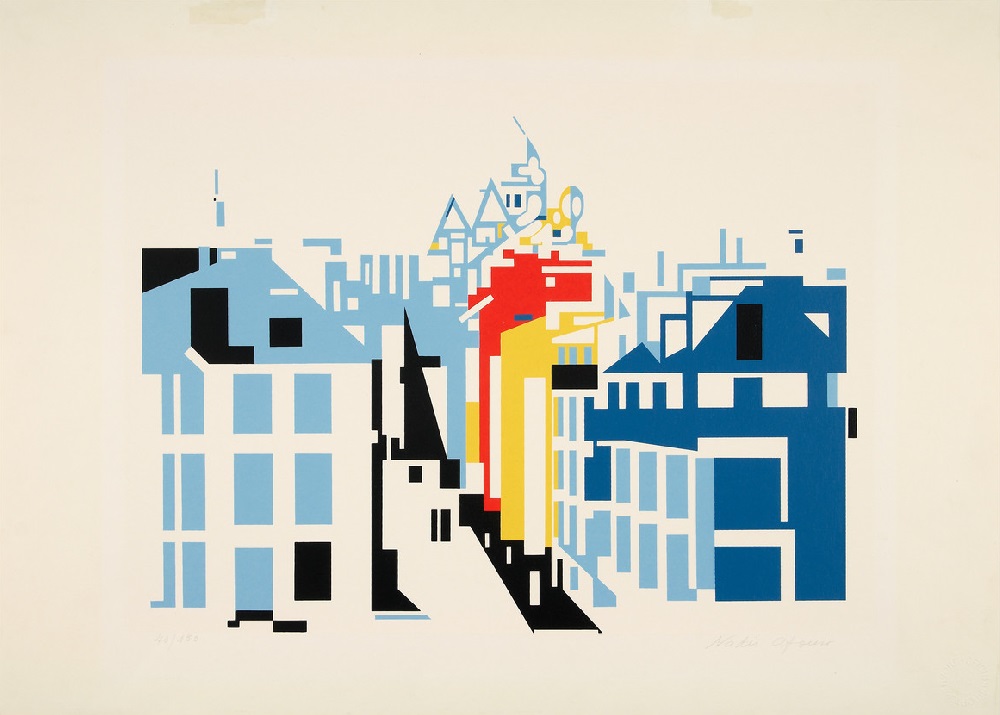
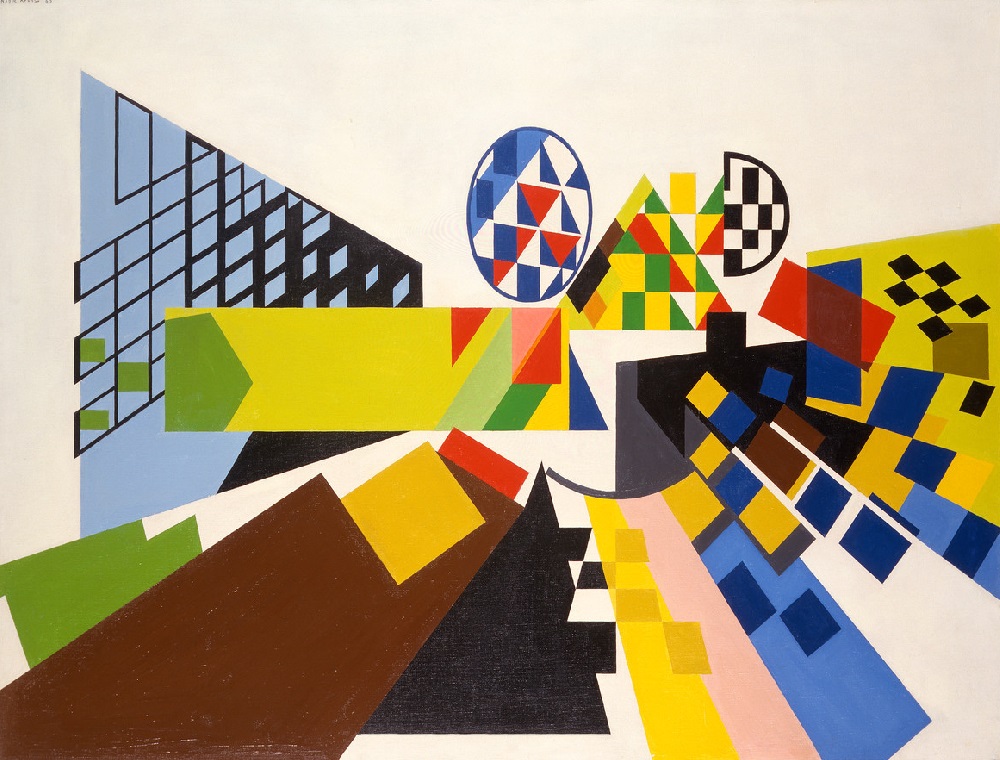
The exhibition also invites visitors to go beyond the walls of the museum to rediscover the views of Chaves and of Porto painted by a young Nadir, or to get to know his architectural works in the streets of Chaves.
Between figuration and abstraction
The commemorative programme finished with the presentation of a selection of works by Nadir Afonso represented in various institutional collections, complementing the overview set out in the first exhibition. It also brought together a selection of creators who were decisive in Nadir’s career, particularly during his years as a student at the Escola Superior de Belas-Artes in Porto: Dordio Gomes, Fernando Lanhas, Júlio Pomar and Júlio Resende.
Despite attending the Architecture course, both Nadir and Lanhas drifted towards Painting, through Dordio Gomes, participating in the exhibitions of the Group of Independents and in the Aesthetic Missions, in Évora. Pomar and Resende, students of Painting at the same school, also took part in these activities promoted by Dordio Gomes.
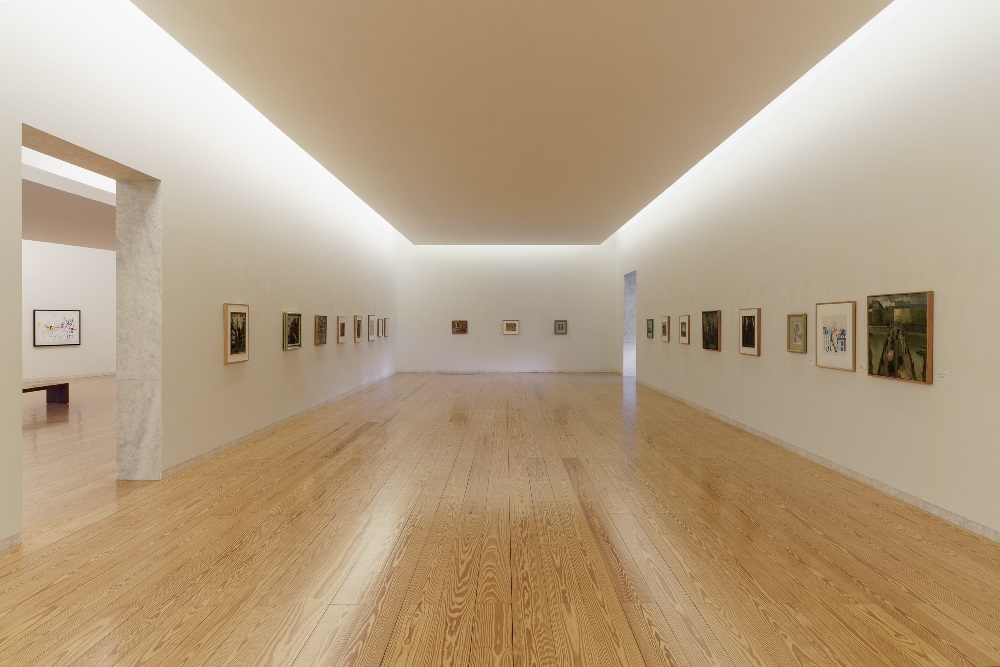
The work of these four artists during the 1940s was embedded in figuration; all of them, however, would change their practice in favour of an abstract imaginary world. With the exception of Lanhas, who broke definitively with the representation of the body, the other artists eventually returned to human figuration. While in Nadir’s work (from the late 1980s) we frequently see the representation of a human figure defined by geometric outlines and relationships, in the compositions and visual experiences depicted by Pomar and Resende the body (erotic, particularly recurrent in Pomar) and the human figure (social, epitomised in Resende’s painting) never lost its leading role. Nadir, along with Lanhas, stands out for anticipating and adhering to rational exploration of the geometric form – both were pioneers of geometric abstraction in Portugal, with a concept of painting as a rational calculation and geometric equilibrium.
